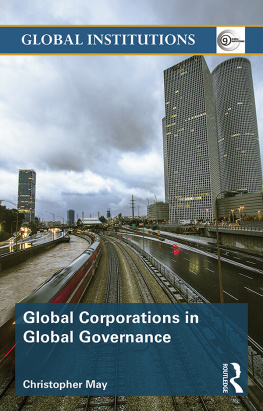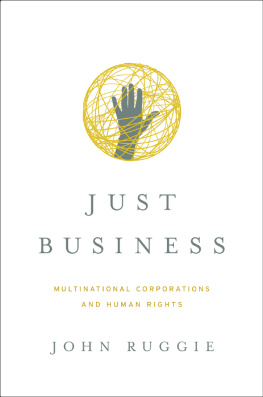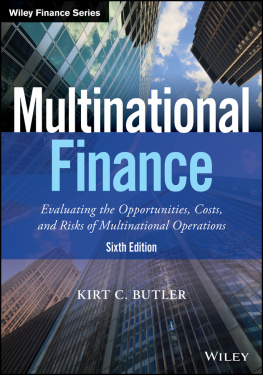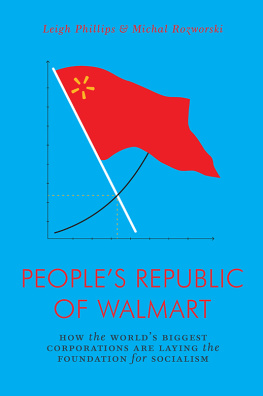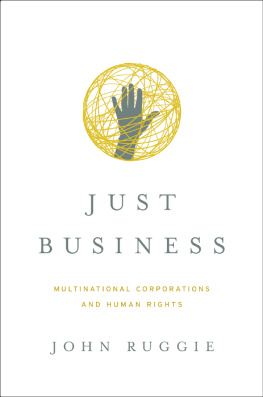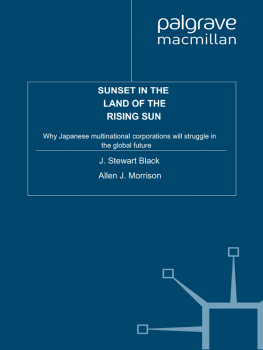C.J. Dixon - Multinational Corporations And The Third World
Here you can read online C.J. Dixon - Multinational Corporations And The Third World full text of the book (entire story) in english for free. Download pdf and epub, get meaning, cover and reviews about this ebook. year: 2014, publisher: Taylor & Francis, genre: Politics. Description of the work, (preface) as well as reviews are available. Best literature library LitArk.com created for fans of good reading and offers a wide selection of genres:
Romance novel
Science fiction
Adventure
Detective
Science
History
Home and family
Prose
Art
Politics
Computer
Non-fiction
Religion
Business
Children
Humor
Choose a favorite category and find really read worthwhile books. Enjoy immersion in the world of imagination, feel the emotions of the characters or learn something new for yourself, make an fascinating discovery.

Multinational Corporations And The Third World: summary, description and annotation
We offer to read an annotation, description, summary or preface (depends on what the author of the book "Multinational Corporations And The Third World" wrote himself). If you haven't found the necessary information about the book — write in the comments, we will try to find it.
C.J. Dixon: author's other books
Who wrote Multinational Corporations And The Third World? Find out the surname, the name of the author of the book and a list of all author's works by series.
Multinational Corporations And The Third World — read online for free the complete book (whole text) full work
Below is the text of the book, divided by pages. System saving the place of the last page read, allows you to conveniently read the book "Multinational Corporations And The Third World" online for free, without having to search again every time where you left off. Put a bookmark, and you can go to the page where you finished reading at any time.
Font size:
Interval:
Bookmark:

| BIAC | Business and Industry Advisory Committee of the OECD |
| c.i.f. | Cost, Insurance and Freight |
| CMEA | Council for Mutual Economic Aid |
| DC | Developed Country |
| DoD | Department of Defense (USA) |
| FDI | Foreign Direct Investment |
| FMS | Foreign Military Sales |
| GATT | General Agreement on Tariffs and Trade |
| GDP | Gross Domestic Product |
| ILO | International Labour Office |
| IRM | Institute for Research and Information on Multinationals |
| ISI | Import Substitution Industrialization |
| ISIC | International Standard Industrial Classification |
| LDC | Less Developed Country |
| LSI | Large Scale Integrated-circuitry |
| MNC | Multinational Corporation |
| MNRC | Multinational Resource Corporation |
| NIC | Newly Industrializing Country |
| NIDL | New International Division of Labour |
| NIEO | New International Economic Order |
| OECD | Organization for Economic Cooperation and Development |
| OPEC | Organization of Petroleum Exporting Countries |
| R&D | Research and Development |
| SIPRI | Stockholm International Peace Research Institute |
| UNCTNC | United Nations Centre for the Study of Transnational Corporations |
| UNELA | United Nations Economic Organization for Latin America |
| UNIDO | United Nations Industrial Development Organization |
| VLSI | Very Large Scale Integrated-circuitry. |
Font size:
Interval:
Bookmark:
Similar books «Multinational Corporations And The Third World»
Look at similar books to Multinational Corporations And The Third World. We have selected literature similar in name and meaning in the hope of providing readers with more options to find new, interesting, not yet read works.
Discussion, reviews of the book Multinational Corporations And The Third World and just readers' own opinions. Leave your comments, write what you think about the work, its meaning or the main characters. Specify what exactly you liked and what you didn't like, and why you think so.





